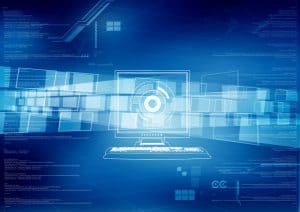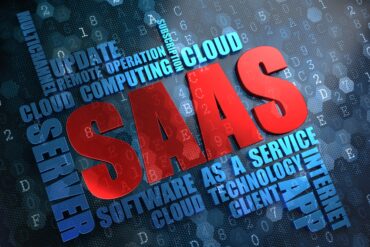What do all these terms have to do with each other? And are they just buzzwords, or do they refer to reliability management practices that are actually novel? Let’s answer these questions by taking a look at the new lexicon of monitoring.
See also: How AIOps and Observability Can Help IT
What is monitoring?
The definition of monitoring is pretty straightforward: Monitoring is the systematic collection and analysis of data to help keep infrastructure or applications running smoothly.
Monitoring has been a core IT practice since at least the turn of the millennium when monitoring and alerting platforms like Nagios and Zabbix debuted.
What is visibility?
Whereas monitoring alerts you to known problems, visibility is the process of managing unknown or potential problems.
You can think of visibility, then, as the corollary of monitoring. Monitoring alone only allows you to find issues after they have turned into issues. In contrast, visibility involves leveraging monitoring data, as well as other knowledge of IT systems, to predict and anticipate performance or reliability problems before they fully emerge.
What is observability?
According to most definitions, observability is the use of externally available data — such as metrics and traces that you can collect by monitoring an application — to understand what is happening internally.
See also: Observability Filling a Void in DevOps
Is observability any different from monitoring? I tend to think it’s not. To me, observability is mostly just a buzzword used by people who want to sound more sophisticated about their monitoring routines.
That said, there is an argument to be made that observability focuses more on understanding why problems occur, whereas monitoring is limited to identifying the existence of the problems.
Telemetry
Telemetry is the collection of data from remote systems — hence the roots of the word: Tele (distance) and metry (measuring).
You may be thinking, “Can’t basically any monitoring tool collect data from remote systems?” And you’d be right: Even twenty years ago, you could use monitoring platforms like Nagios to collect metrics from remote servers.
However, telemetry has become a buzzword in the performance management space recently, thanks largely to the advent of the OpenTelemetry project, which has created a standardized way to collect metrics from distributed systems.
The value of OpenTelemetry isn’t about collecting data from remote systems. It’s more about the standardization of data collection in complex, cloud-native environments.
Nonetheless, OpenTelemetry has helped turn telemetry itself into a trendy buzzword.
Observability is here to stay
Do words like visibility, observability, and telemetry add anything valuable to discussions about monitoring? To a degree, they certainly do.
But you could argue that at their core, all of these words really just refer to variants on what we used to call monitoring. They may reflect new ways of thinking about monitoring, but at the end of the day, they’re just monitoring by other names.
Featured Resource: Observability with AIOps For Dummies [Download Now]






























